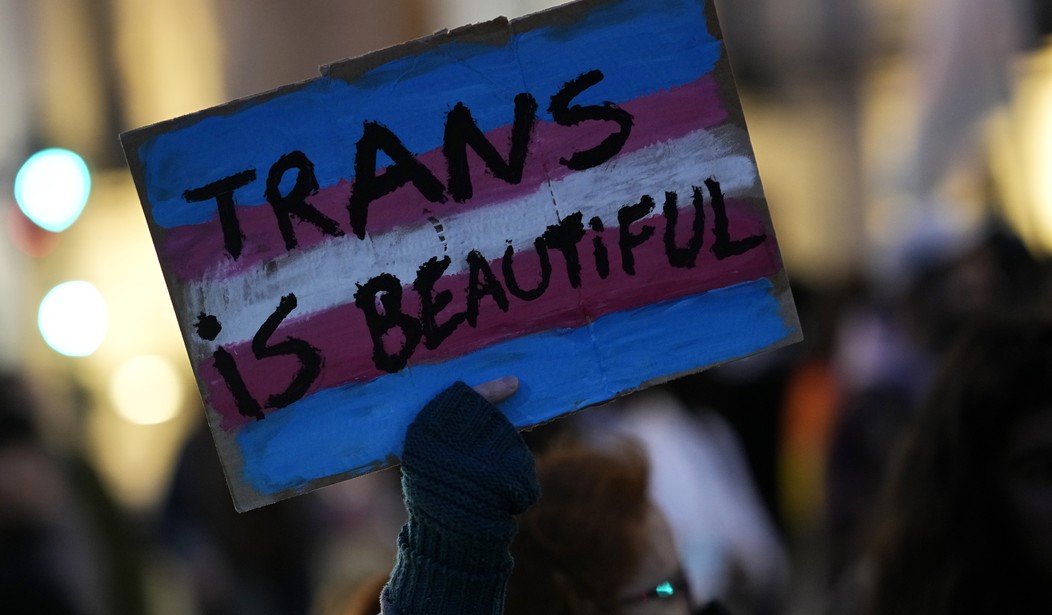In 2013, the U.S. Supreme Court struck down the Defense of Marriage Act in United States v. Windsor, arguing it violated the due process clause of the fifth amendment. Two years later, Obergefell v. Hodges officially legalized same-sex marriage.
At the time, social conservatives raised the alarm that the legalization of same-sex marriage could pave the way for the acceptance of polygamy. But looking back, we were blindsided by a different social movement that took the country by storm: transgenderism.
We should have realized what was really coming. The warning signs were there.
In the year between the Windsor and Obergefell cases were decided, the transgender movement was already girding its loins, boasting of its plans to piggyback on the same-sex marriage movement and the changing social mores of the nation.
“Almost one year after the Supreme Court ruled that Americans were free to marry the person they loved, no matter their sex, another civil rights movement is poised to challenge long-held cultural norms and beliefs,” TIME Magazine reported in May 2014. “Transgender people–those who identify with a gender other than the sex they were ‘assigned at birth,’ to use the preferred phrase among trans activists–are emerging from the margins to fight for an equal place in society. This new transparency is improving the lives of a long misunderstood minority and beginning to yield new policies, as trans activists and their supporters push for changes in schools, hospitals, workplaces, prisons and the military.”
The article promoted Roderick “Laverne” Cox, an actor on the Netflix series Orange Is the New Black, as the de facto spokesman for the transgender movement.
“We are in a place now,” he told TIME, “where more and more trans people want to come forward and say, ‘This is who I am.’ And more trans people are willing to tell their stories. More of us are living visibly and pursuing our dreams visibly, so people can say, ‘Oh yeah, I know someone who is trans.’ When people have points of reference that are humanizing, that demystifies difference.”
The magazine conceded that the “transgender revolution still has a long way to go” but nevertheless lamented that “the biggest obstacle is that trans people live in a world largely built on a fixed and binary definition of gender.” It pointed out that in many places, “they are unwelcome in the men’s bathroom and the women’s. The effect is a constant reminder that they don’t belong.”
Related: The Trans Movement Will Be the Catalyst for Normalizing Pedophilia
Preferred pronouns weren’t really a thing in 2014, yet TIME had clearly already bought into the charade lock, stock, and barrel. “This article will use the names, nouns and pronouns preferred by individuals, in accordance with TIME’s style,” the magazine declared. It then pushed the argument that “nature made a mistake” with transgender people by putting them in the wrong physical body — which, of course, undermines the “born this way” argument used by same-sex marriage proponents to argue for its legalization, as well as the “gender is a social construct” argument favored by the trans movement.
Claims that are commonplace today were pushed without hesitation by TIME in 2014, when they were still understood to be radical. “For many trans people, the body they were born in is a suffocating costume they are unable to take off,” the article stated. “Understanding why someone would feel that way requires viewing sex and gender as two separate concepts–sex is biological, determined by a baby’s birth anatomy; gender is cultural, a set of behaviors learned through human interaction,” TIME also insisted.
And so on; the article shoots off the same talking points we’re getting pummeled with daily by the mainstream media, Hollywood, and even the public education system. It’s not only frightening to see how quickly these cancerous concepts have become mainstream, but how we didn’t see the warning signs early enough to keep that Pandora’s Box from being opened.
Even the transgender movement’s targeting of children was forewarned in the article. It ended with Cox bringing a six-year-old bullied child on stage and declaring, “We need to protect [sic] our children, and allow them to be themselves.”
The warning signs were there years ago, and we missed them. We should have realized what was about to happen and proactively sought to protect children from this dangerous cult. The trans movement saw the opportunity to piggyback off the same-sex marriage movement, and, sadly, it succeeded. We have to learn from our own failure to stop it and position ourselves to nip in the bud the next push down the slippery slope.










